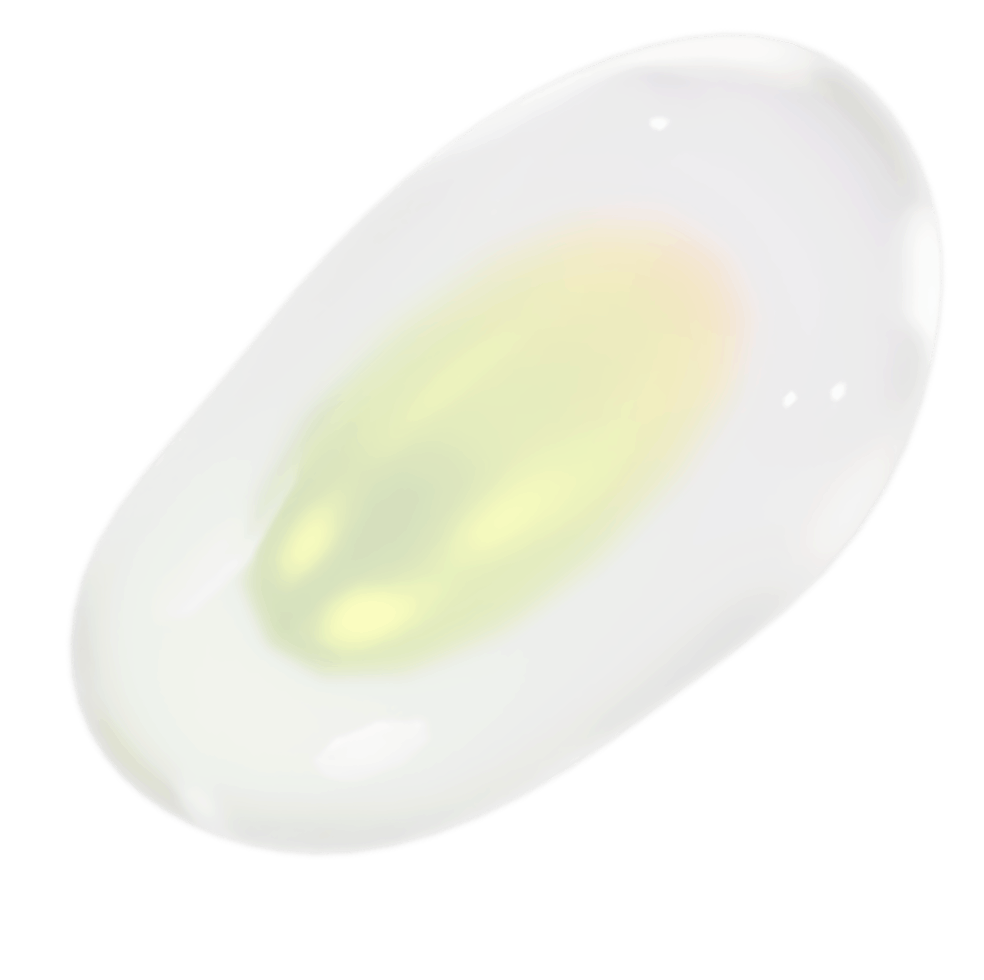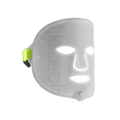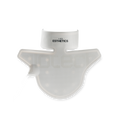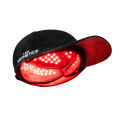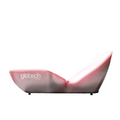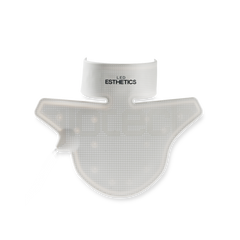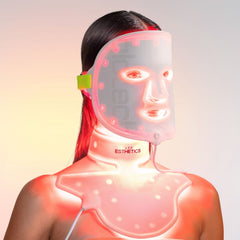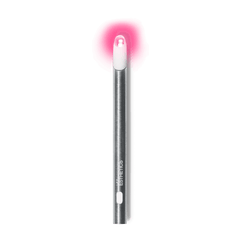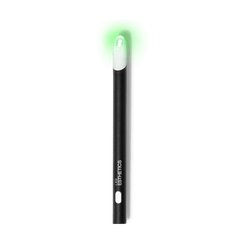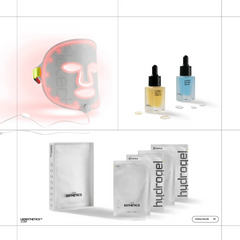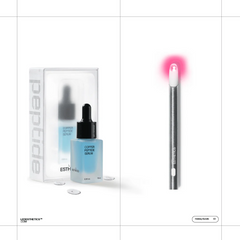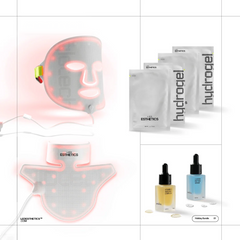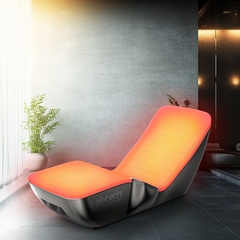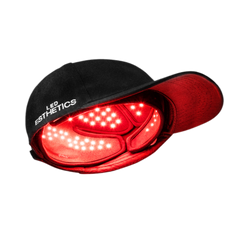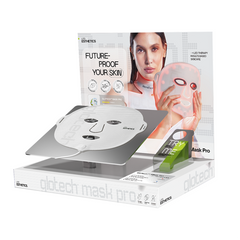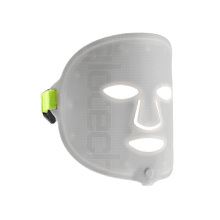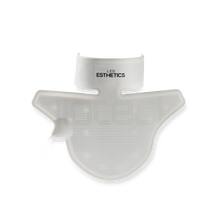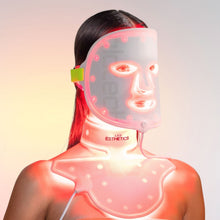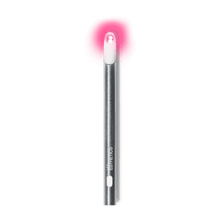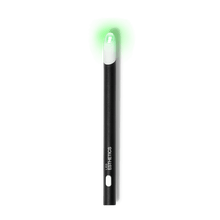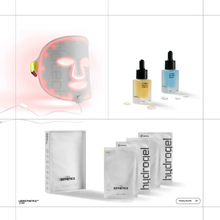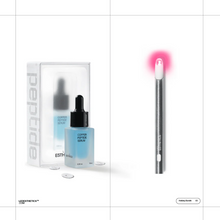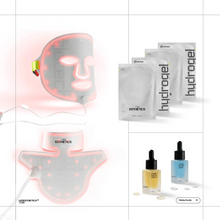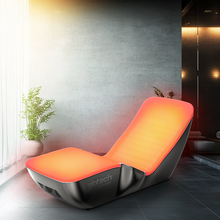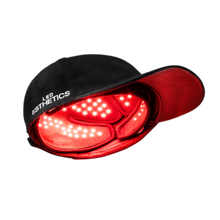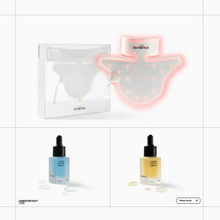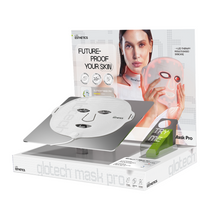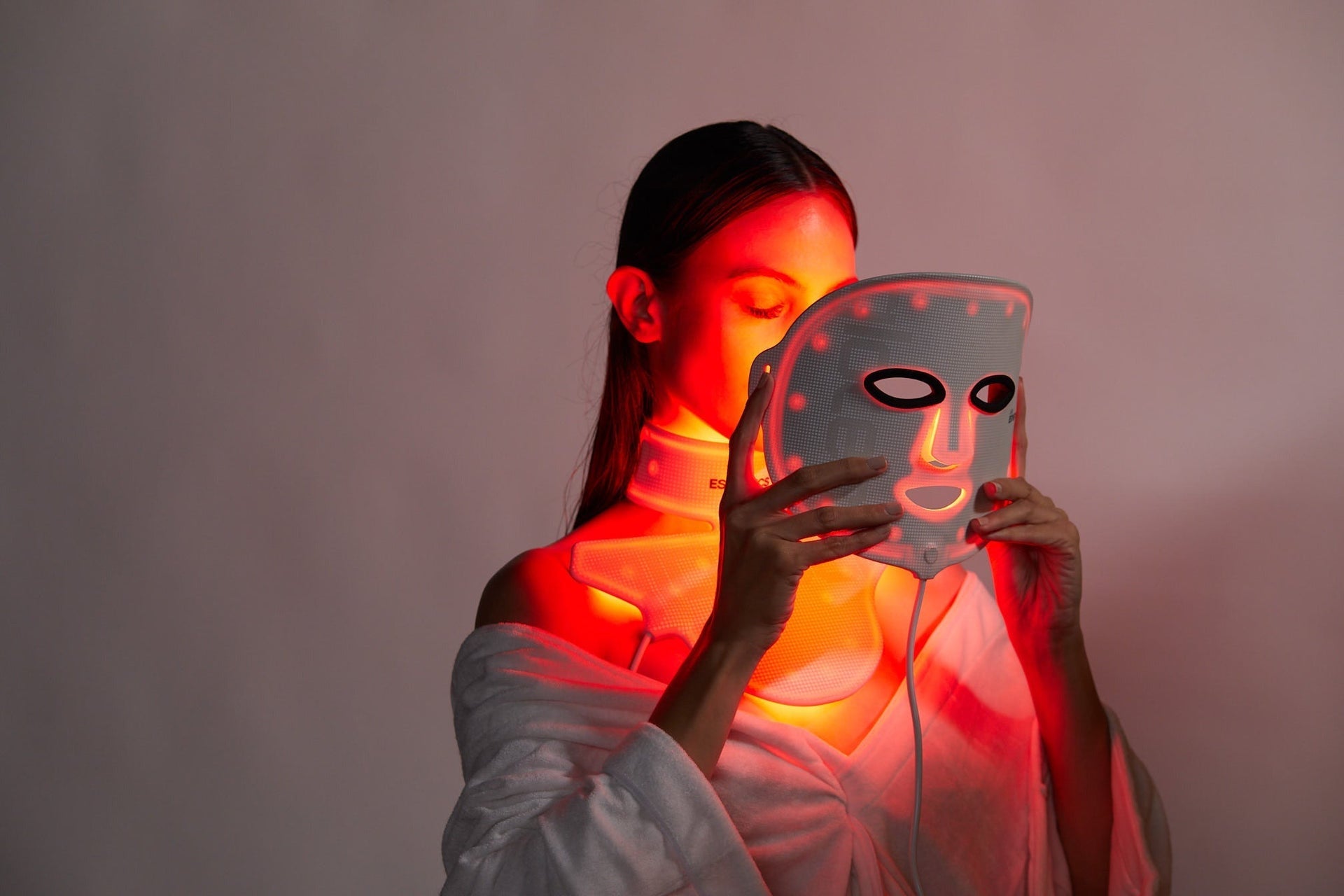
Hyperpigmentation is one of the most common, stubborn skin concerns. Whether caused by sun damage, hormonal changes, acne scarring, or inflammation, dark patches and uneven skin tone can make the complexion look older, dull, and less radiant.
While topical creams offer temporary improvements, more people are turning to LED light therapy for a safer, clinically supported solution. By using targeted wavelengths of red and near-infrared light, this non-invasive technology helps fade dark spots, even out pigmentation, and restore a healthier, clearer skin complexion.
In this guide, we'll break down what hyperpigmentation actually is, how LED light therapy works to improve it, and what kind of real results you can expect.
What is Hyperpigmentation?
Hyperpigmentation is a broad term used to describe areas of skin that appear darker due to an excess production of melanin, the pigment responsible for skin color. While sun exposure is one of the most common triggers, melanin production can also increase in response to inflammation, hormonal fluctuations, or genetic predisposition.
When the skin experiences irritation, whether from UV radiation, breakouts, or internal hormonal shifts, the melanocytes (cells that produce pigment) can become overstimulated, leading to an overproduction of melanin. This often results in dark patches, spots, or a generally uneven skin tone that can be slow to fade without targeted treatment.
Genetics, ethnicity, and individual inflammatory responses all play a significant role in how hyperpigmentation develops and persists. Those with deeper skin tones naturally have more active melanocytes, making them more prone to intense and long-lasting pigmentation changes, particularly following inflammation or injury.
There are several common types of hyperpigmentation seen across different age groups and skin types:
- Melasma: Melasma presents as symmetrical dark patches, usually across the cheeks, forehead, upper lip, and nose. It often occurs in women and is closely linked to hormonal changes, such as pregnancy, birth control use, or hormonal therapy. Sun exposure further deepens melasma pigmentation, making regular protection essential.
- Post-Inflammatory Hyperpigmentation (PIH):PIH results from inflammation caused by acne, allergic reactions, cosmetic procedures, or even harsh skincare products. It is especially common in medium to darker skin tones, where any trauma to the skin triggers an exaggerated melanin response.
- Sunspots (Solar Lentigines):Also known as age spots, these flat, brown patches develop from cumulative sun exposure over time. They are most commonly found in areas that receive frequent sun exposure, such as the face, shoulders, arms, and hands. Fair-skinned individuals are particularly prone to developing sunspots as they age.
How to Treat Hyperpigmentation
Targeted skincare combined with consistent treatments offers the best chance of reducing hyperpigmentation and achieving a more even complexion. In addition to active ingredients applied topically, technologies like LED light therapy can accelerate results by working deeper within the skin to repair discoloration from the inside out.
Here are some of the most trusted options for treating hyperpigmentation:
- Alpha Arbutin: Alpha arbutin is a plant-derived antioxidant widely recognized for its role in skin brightening and pigmentation correction. Extracted from the bearberry plant, it works by blocking tyrosinase, the enzyme responsible for melanin production. By slowing down the formation and storage of pigment, alpha arbutin effectively lightens existing discoloration and evens out skin tone. Its gentle nature makes it suitable for ongoing use and highly effective for treating both sun-induced hyperpigmentation and pigmentation that arises from inflammation or injury.
- Vitamin C: As a powerful antioxidant, vitamin C plays a crucial role in managing hyperpigmentation by limiting melanin production and shielding the skin from oxidative damage. In addition to helping fade existing dark spots, it protects against the formation of new pigmentation caused by UV exposure and environmental aggressors like pollution. Regular application of vitamin C brightens the complexion, enhances skin luminosity, and strengthens the skin’s defenses against further discoloration, making it a cornerstone ingredient for anyone pursuing a more radiant appearance.
- Niacinamide (Vitamin B3): Niacinamide, a form of vitamin B3, offers multiple benefits when it comes to treating hyperpigmentation. It works by disrupting the transfer of melanin to the outer layers of the skin, helping to reduce the appearance of dark spots and uneven patches. Particularly useful for addressing pigmentation caused by sun exposure or post-inflammatory reactions like acne, niacinamide also strengthens the skin barrier and calms inflammation. Its versatility makes it a valuable ingredient for preventing future pigmentation issues while improving overall skin health.
- Retinoids: Retinoids, which include compounds like retinol, retinaldehyde, retinyl esters, and retinoic acid, are derived from vitamin A and are highly valued for their ability to speed up cell turnover. By encouraging the replacement of damaged, melanin-laden cells with fresh, healthier ones, retinoids gradually diminish the appearance of hyperpigmentation. However, due to their potency, retinoids can sometimes cause irritation, especially in sensitive or darker skin tones. It’s generally recommended to start with milder formulations and, when necessary, seek professional advice before using stronger, prescription-based options.
- LED Light Therapy: LED light therapy has become a leading non-invasive treatment for hyperpigmentation, particularly when used consistently alongside topical treatments. Red light (630–660nm) and near-infrared light (810–850nm) work by stimulating collagen production, reducing inflammation, and enhancing cellular regeneration deep within the skin. Unlike chemical exfoliants or aggressive procedures, LED therapy strengthens the skin while fading dark spots, offering a gentle but highly effective method for achieving clearer, more even-toned skin.
In-Clinic vs. At-Home LED Treatments
Professional treatments like chemical peels, intense pulsed light (IPL), and laser therapy have long been used in clinics to target stubborn pigmentation. These procedures often deliver faster results but can be costly, require multiple sessions, and come with downtime and a higher risk of side effects, especially for sensitive or darker skin types.
At-home LED light therapy offers a gentler, more accessible alternative. Devices like wearable LED face masks use clinically validated wavelengths to stimulate collagen production, reduce inflammation, and promote even skin tone without damaging the skin’s surface. While results take longer to appear compared to more aggressive treatments, the safety, convenience, and ability to use them consistently make at-home devices a strong alternative solution for managing hyperpigmentation.
Choosing between clinic-based treatments and at-home LED therapy often comes down to skin sensitivity, budget, and lifestyle. For many, a combination approach of occasional professional care paired with consistent at-home LED sessions offers the best balance between results and practicality.
Which LED Mask is Best for Pigmentation?
When dealing with hyperpigmentation, being too aggressive with your skin can backfire, leading to more irritation and deeper discoloration. Instead of scrubbing or peeling away at the surface, LED light therapy offers a calmer, more effective approach allowing you to relax while the skin repairs itself from within.
The GloTech Mask Pro™ from LED Esthetics is one of the most advanced wearable LED face masks designed to target pigmentation concerns. Using clinically optimized red (630–660nm) and near-infrared (810–850nm) wavelengths, it works to reduce inflammation, stimulate collagen production, and accelerate the skin’s natural turnover process, gradually fading dark spots and uneven tone.
With its flexible, skin-hugging silicone design and medical-grade LEDs, the mask ensures even light distribution across the entire face. Regular 10 minute sessions a few times a week help rebuild a smoother, more evenly pigmented complexion without downtime and irritation of complicated routines.
Find out more:
How to Incorporate LED Light Therapy in Your Daily Skincare Routine
Frequently Asked Questions
Most people start seeing improvements in hyperpigmentation within 6 to 8 weeks of consistent LED light therapy use. Dark spots gradually fade as collagen production increases and inflammation decreases. Deeper pigmentation, like melasma or post-inflammatory marks, may require three months or longer to achieve significant results. Consistency and patience are key to achieving the best outcome.
Yes, LED light therapy can help prevent new scars by reducing inflammation early during breakouts. By calming skin irritation and accelerating wound healing, red and near-infrared light minimize the risk of deep tissue damage that leads to permanent scarring. Regular use not only treats existing scars but also strengthens the skin’s natural repair mechanisms over time. This proactive approach supports a smoother, more even complexion long-term.
Yes, LED light therapy is generally safe for sensitive skin and is often recommended because it does not involve heat, chemicals, or physical exfoliation. Red and near-infrared wavelengths gently stimulate skin healing without damaging the surface barrier. This makes LED therapy an excellent option for treating hyperpigmentation in those prone to redness, irritation, or post-inflammatory flare-ups. Always follow the device guidelines to ensure safe and effective use.
LED treatment not only fades existing pigmentation but can also help prevent future dark spots by strengthening the skin’s resilience. Regular exposure to red and near-infrared light reduces inflammation, improves hydration, and promotes a healthier skin barrier. Healthier skin is less likely to develop pigmentation after sun exposure, acne, or minor injuries. For best protection, always combine LED treatments with daily use of sunscreen.
LED light therapy offers a gentler alternative to laser treatments for managing hyperpigmentation. While lasers deliver faster, more aggressive results, they can also carry higher risks of irritation, rebound pigmentation, or sensitivity, especially for darker skin tones. LED devices work gradually but strengthen and heal the skin at the same time, making them ideal for long-term use. Many people find LED therapy a safer, more sustainable solution for maintaining even-toned, radiant skin.
